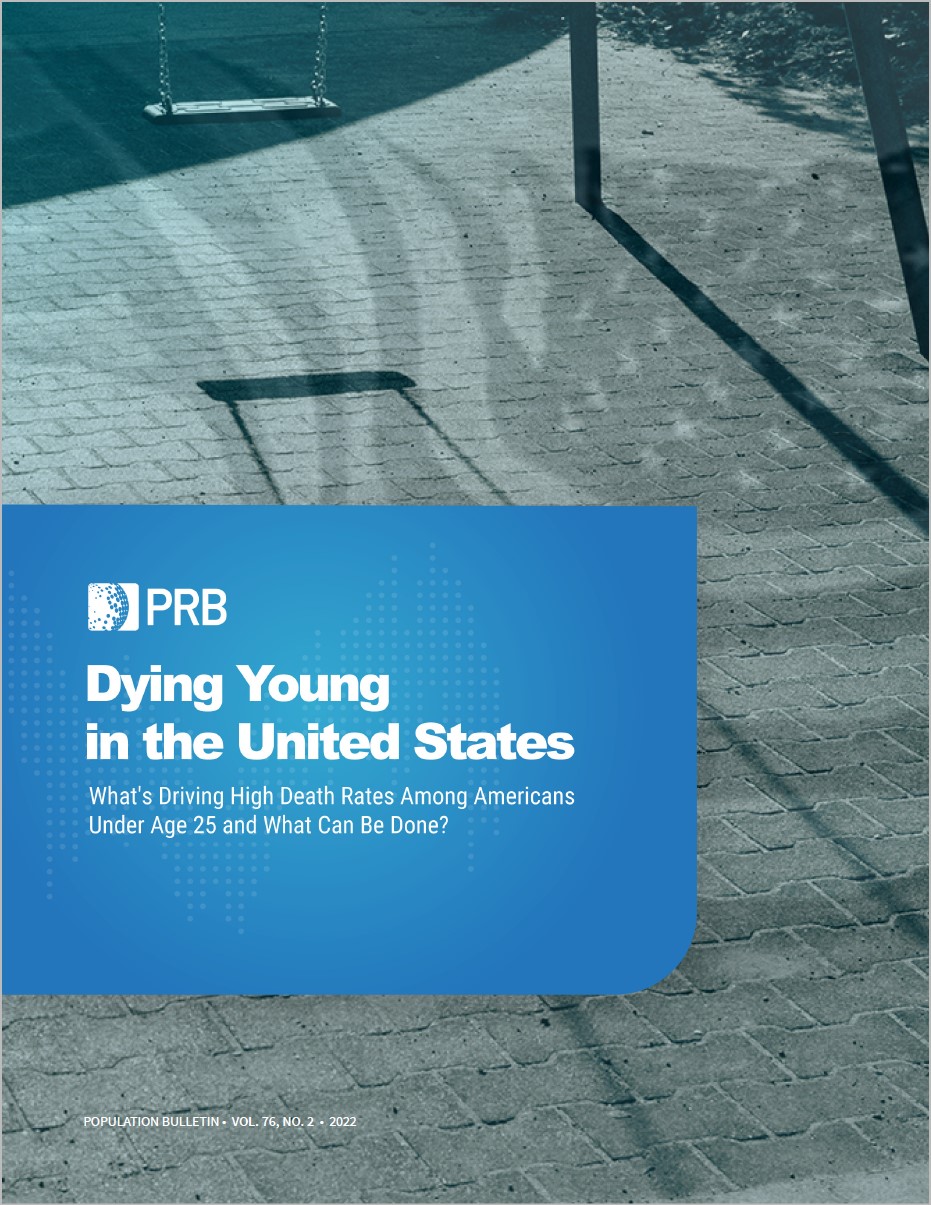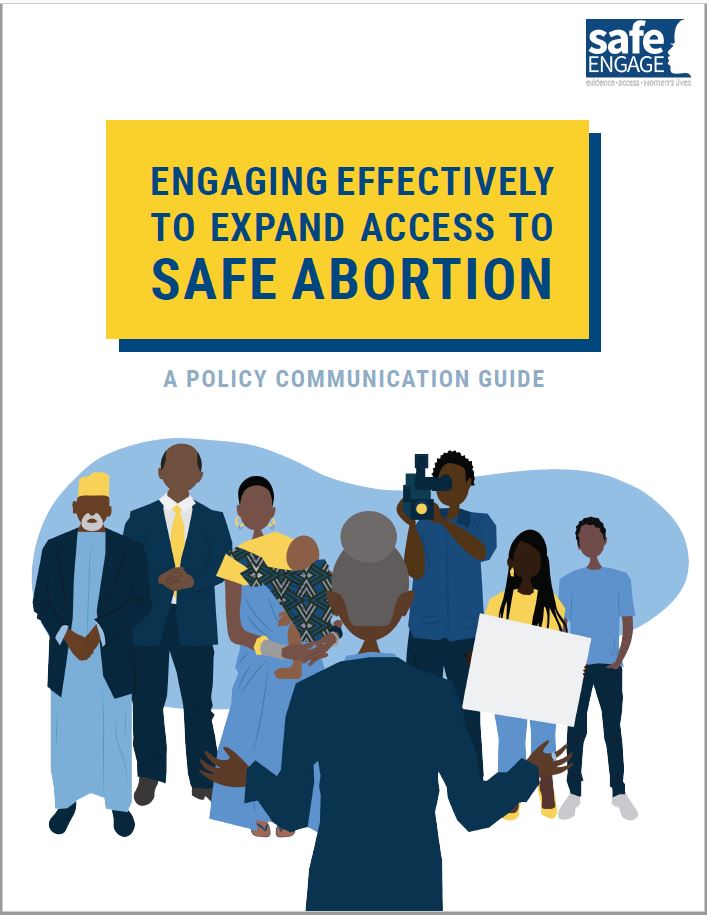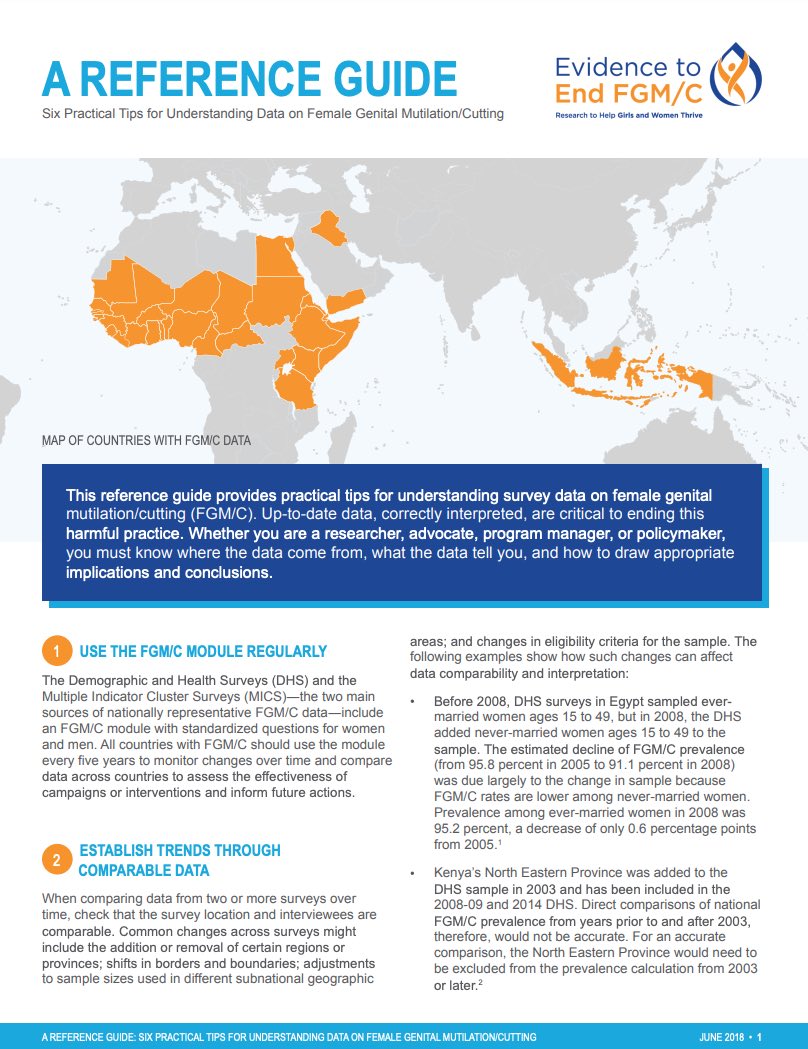491 Search Results Found For : "3년국채선물『www 77m kr』www 77m kr 콜옵션 코스닥150선물차트분석→소맥선물차트분석㈆러셀2000선물차트분석 ぎ穼 demagoguery"
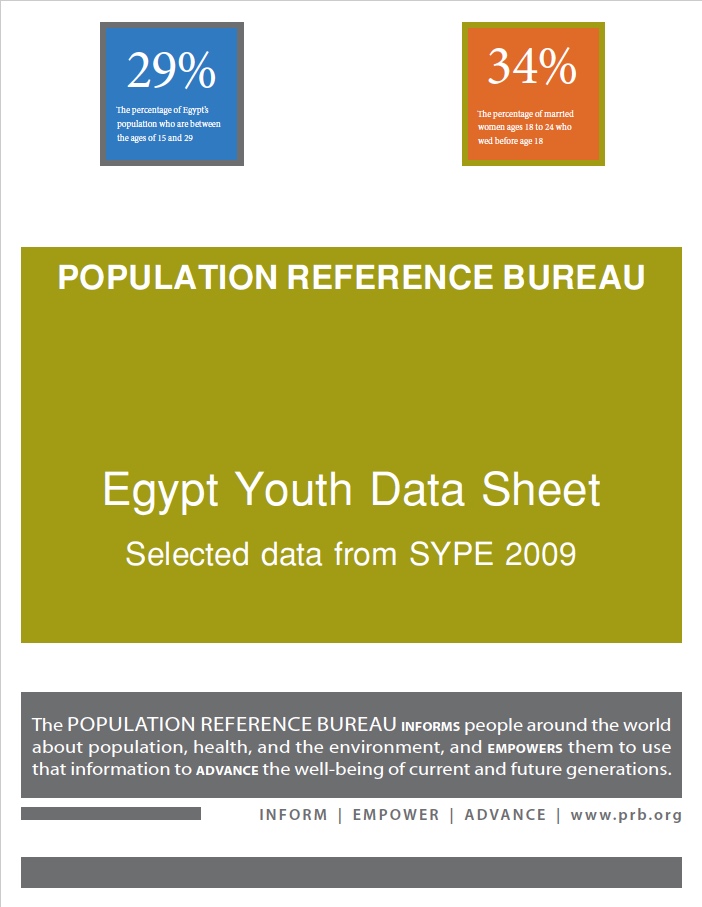
In Egypt, Young Women and People Living With HIV/AIDS Are Among the Most Disadvantaged
(2012) Jan. 25, 2012, marked the one-year anniversary of the antigovernment protests in Egypt that led to President Hosni Mubarak's resignation. Hundreds of thousands of Egyptians, including a vast majority of young people, demanded political freedom, better wages, and better working conditions.
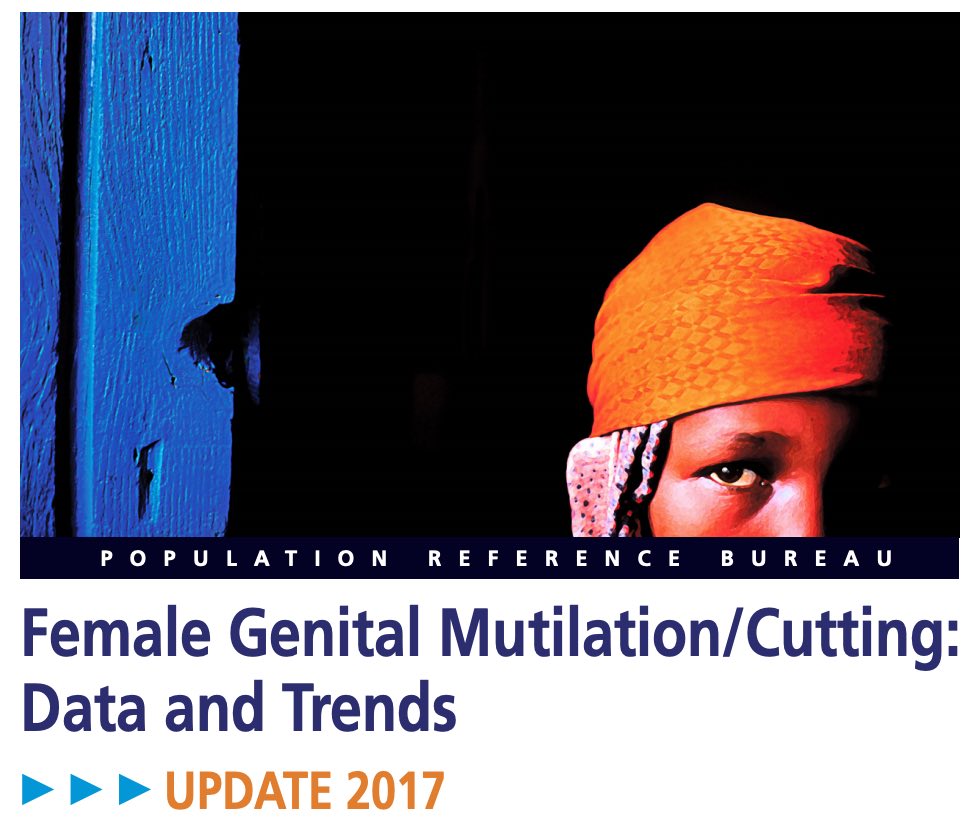
Project: PACE: Policy, Advocacy, and Communication Enhanced for Population and Reproductive Health
Wallchart. Female Genital Mutilation/Cutting Data and Trends, Update 2017
Female Genital Mutilation/Cutting: Data and Trends Update 2017, produced with support from the U.S. Agency for International Development, provides the latest data on the practice in 29 developing countries with representative and comparable data—although FGM/C occurs worldwide.

Project: Evidence to End Female Genital Mutilation/Cutting
Reflections From Five Years of Research on FGM/C
From 2015 to 2019, the African-led consortium developed innovative research methods and uncovered new evidence about the practice and how it is changing—focusing on families and communities, and health and legal systems—in eight countries: Burkina Faso, Egypt, Ethiopia, Kenya, Nigeria, Senegal, Somalia, and Sudan.
Mortalité maternelle : l’une des principales causes de décès au Cambodge
(2003) La maternité est une période qui devrait être faite d'anticipation et de bonheur pour une femme, sa famille et sa communauté.
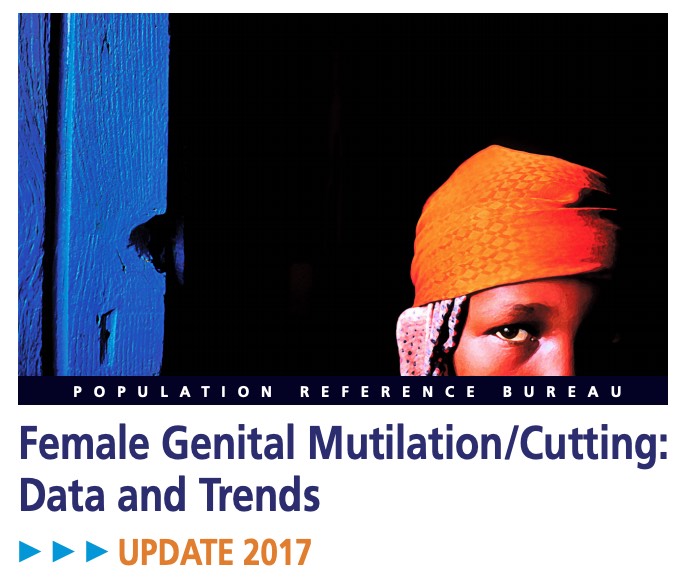
Project: PACE: Policy, Advocacy, and Communication Enhanced for Population and Reproductive Health
Data in New Wallchart Show Female Genital Mutilation/Cutting Declining in Many Countries
Female Genital Mutilation/Cutting: Data and Trends Update 2017, produced with support from the U.S. Agency for International Development, provides the latest data on the practice in 29 developing countries with representative and comparable data—although FGM/C occurs worldwide.
Iran Achieves Replacement-Level Fertility
(2002) Having dropped from around 5 to just under 3 between 1989 and 1996, Iran's total fertility rate has again plunged — this time to 2. Iran, an Islamic country, has followed a unique and rapid path to replacement-level fertility.

